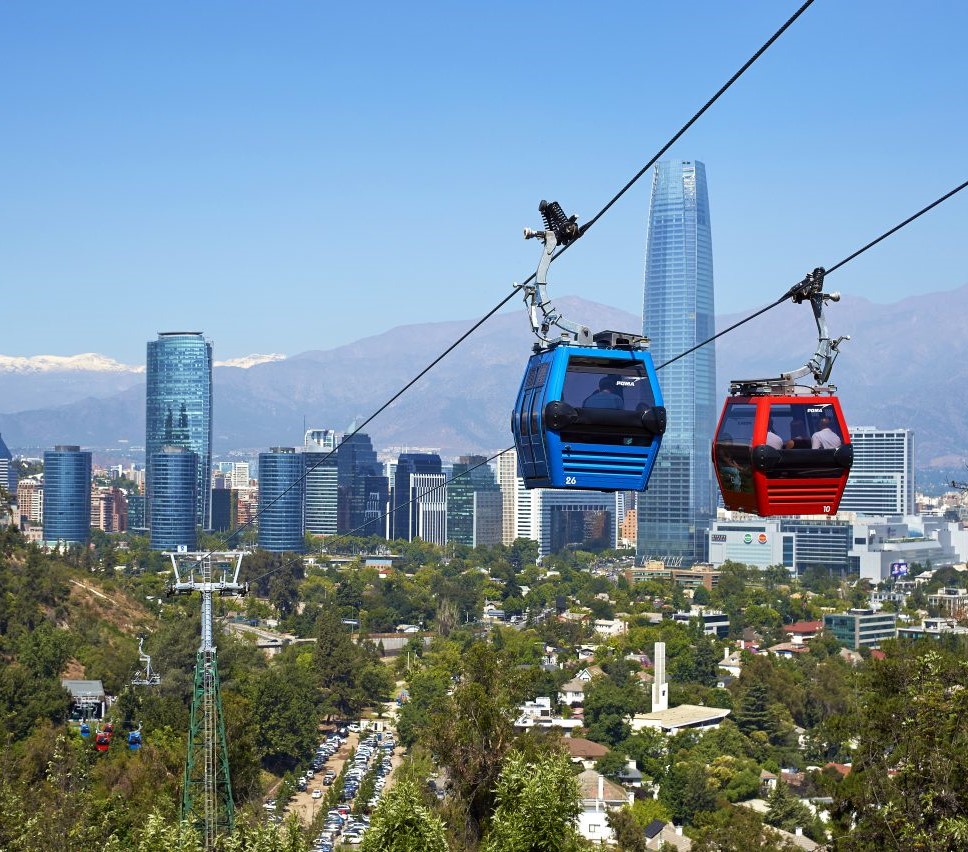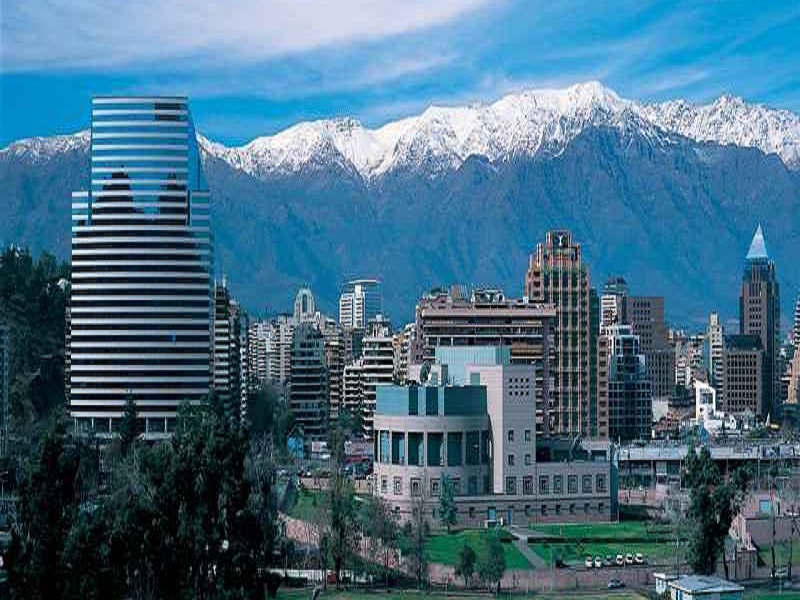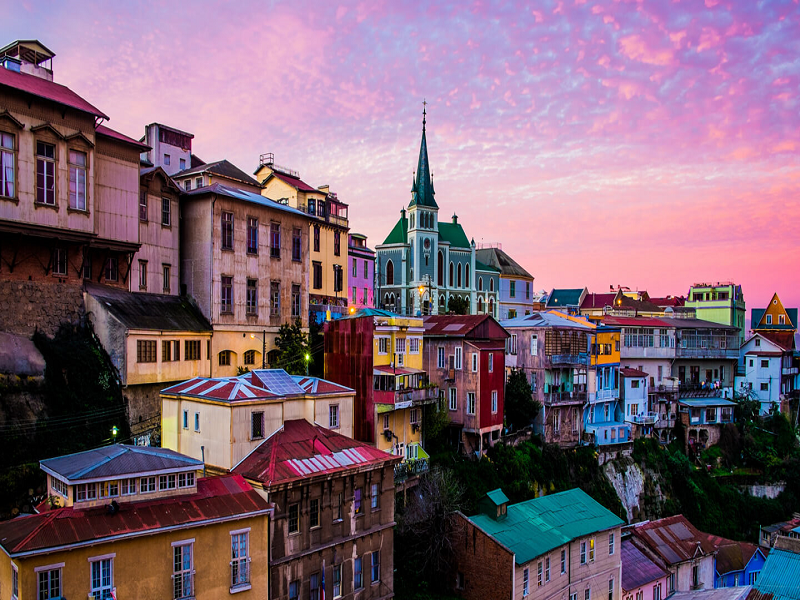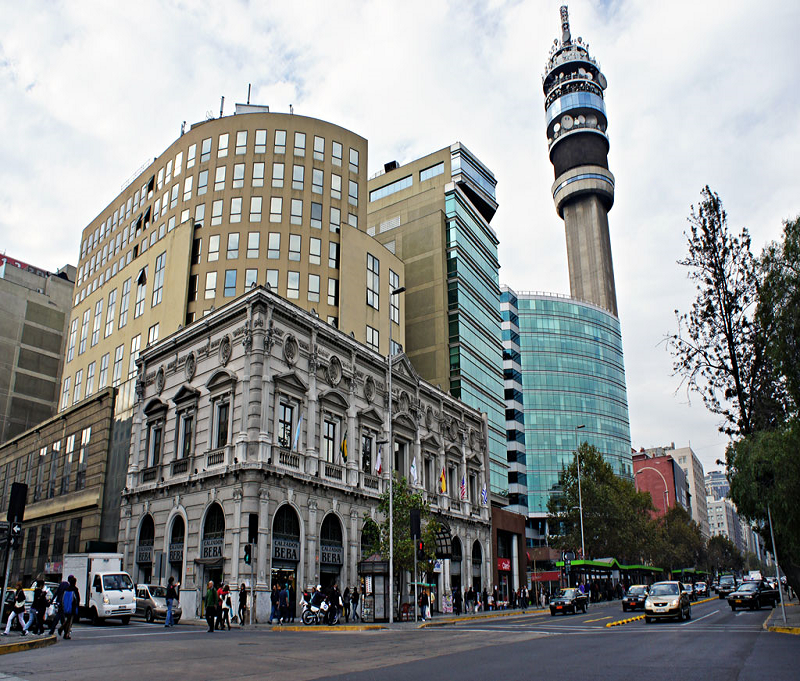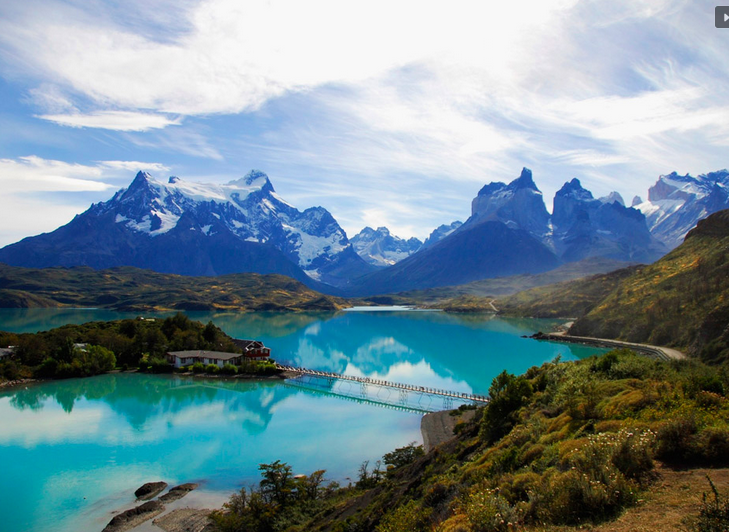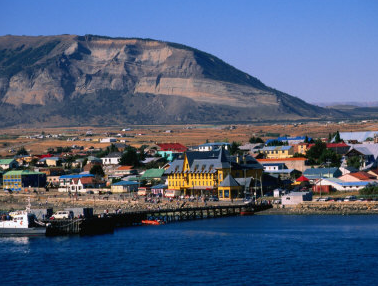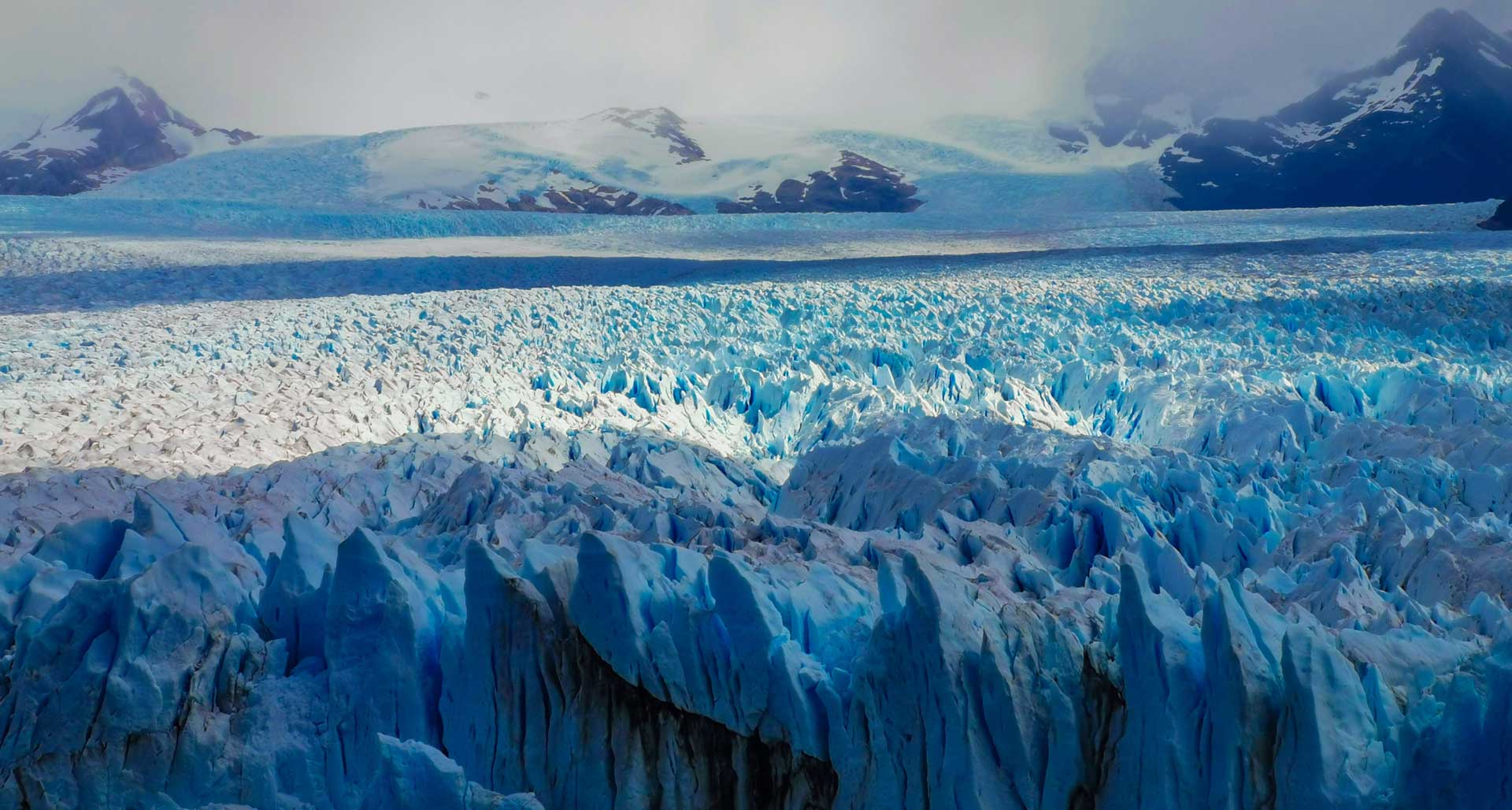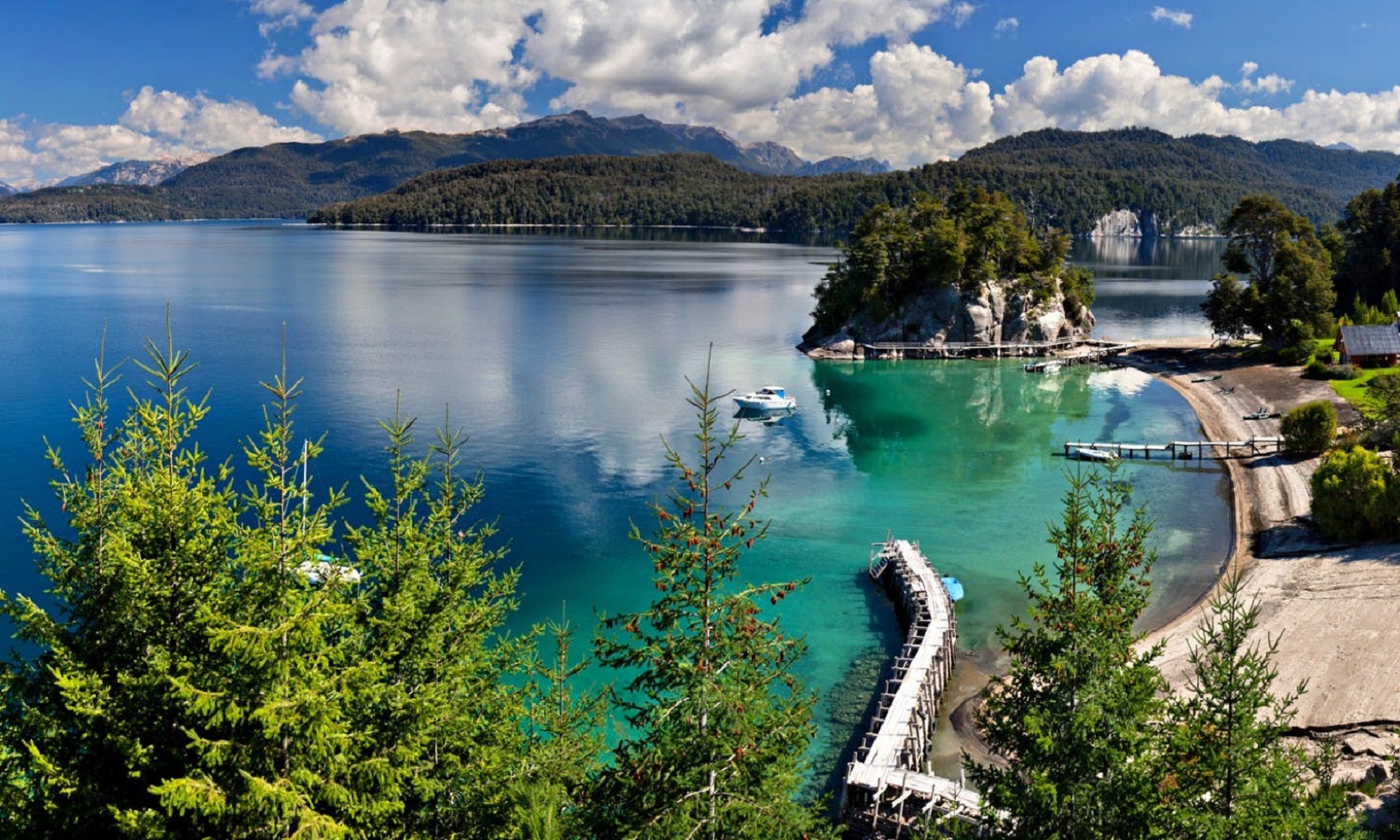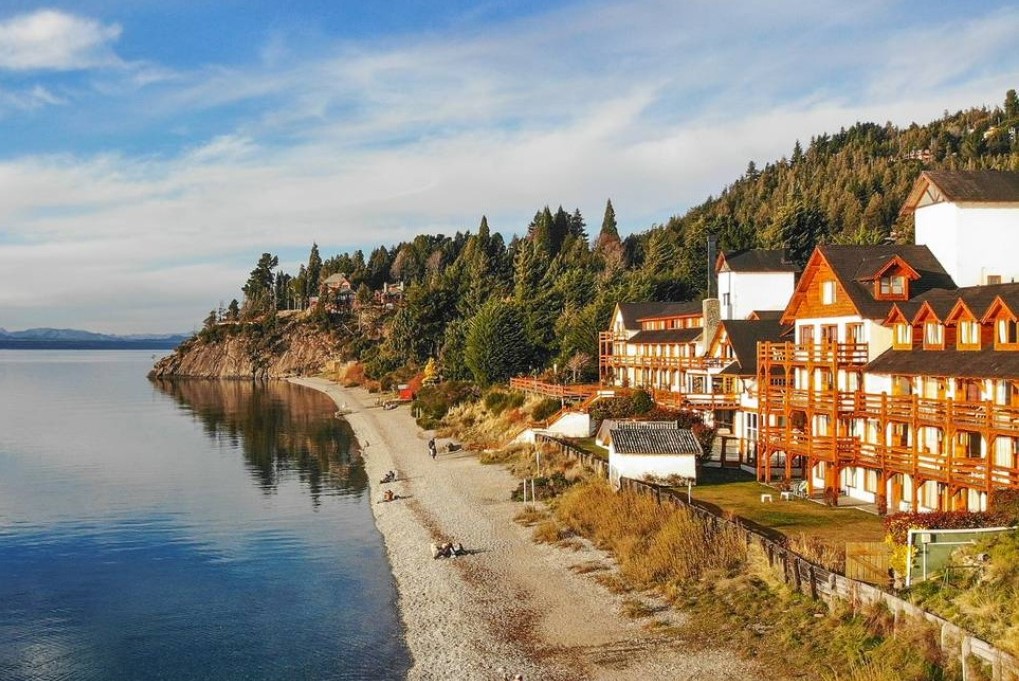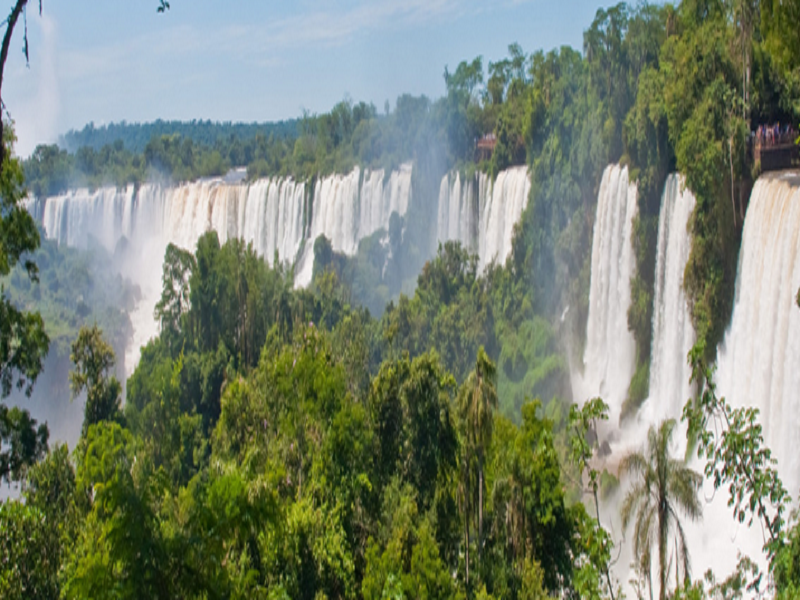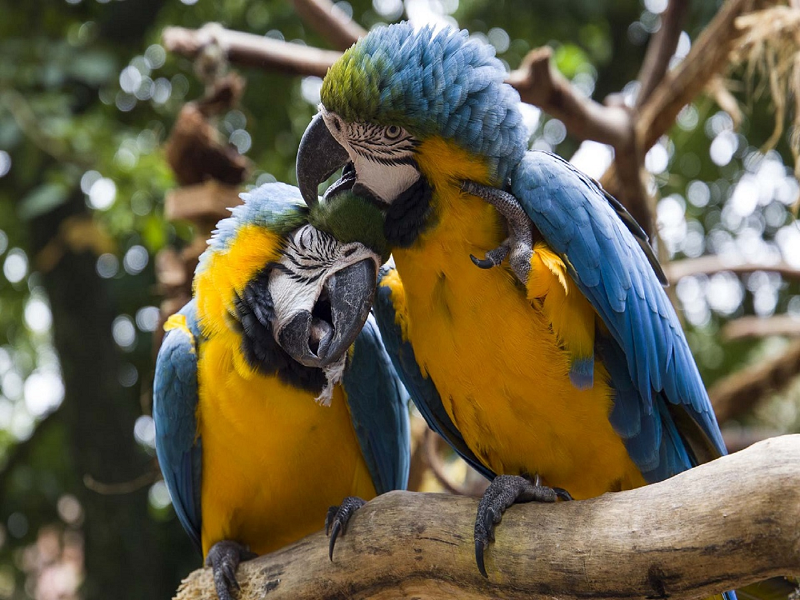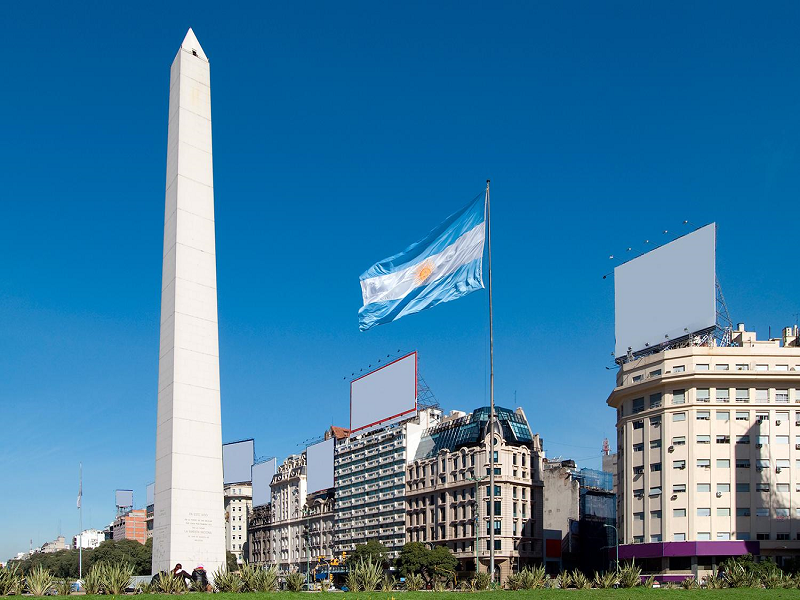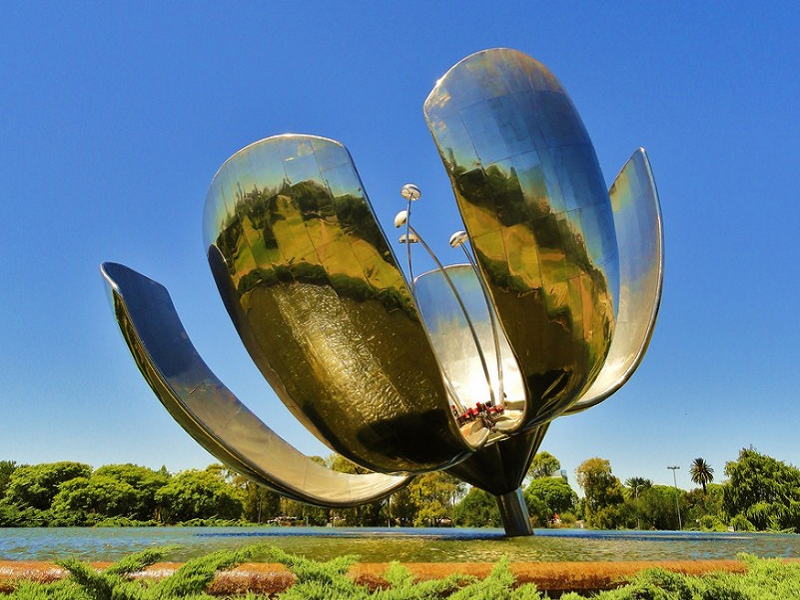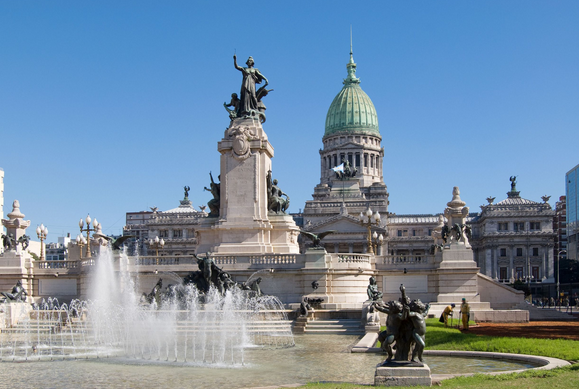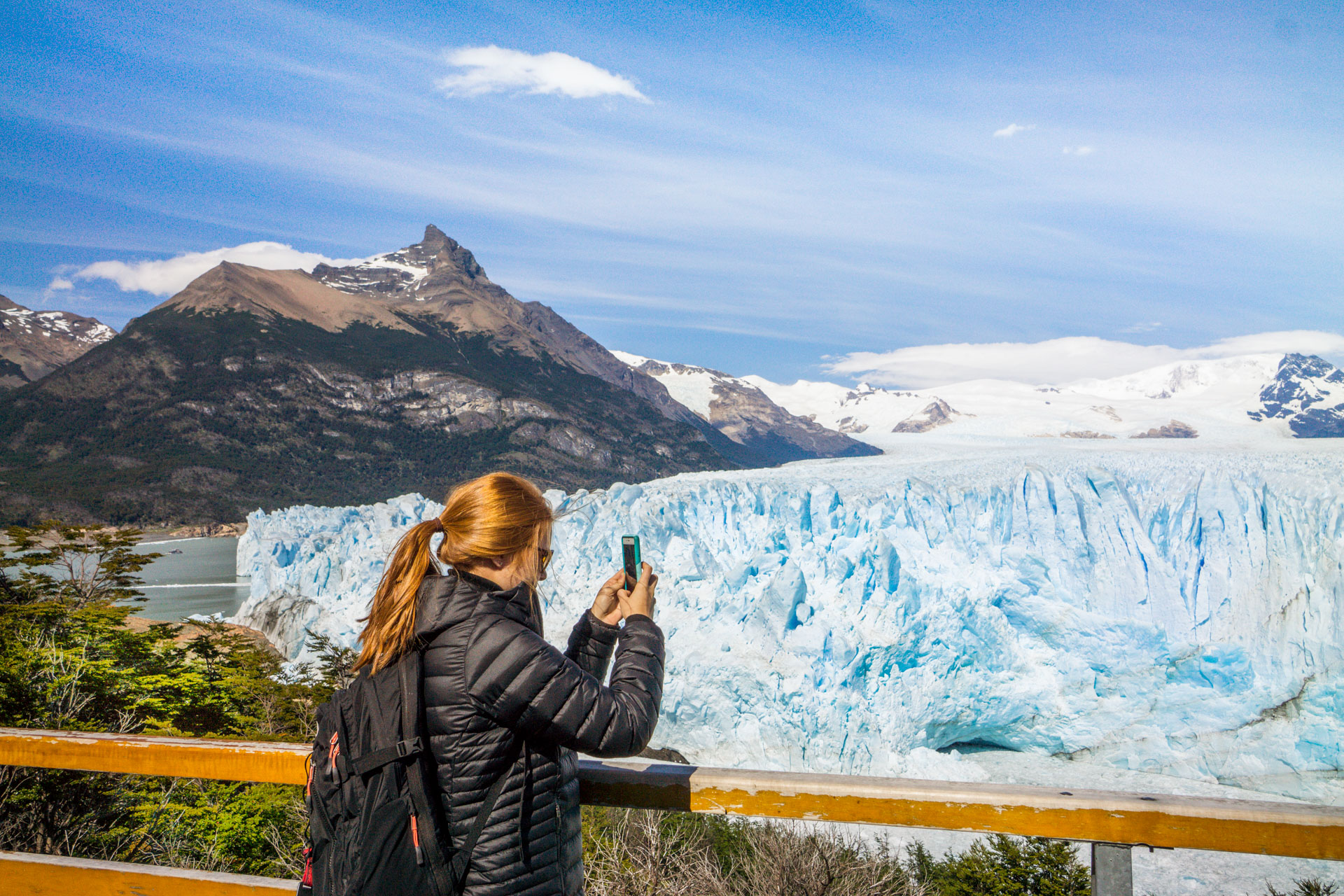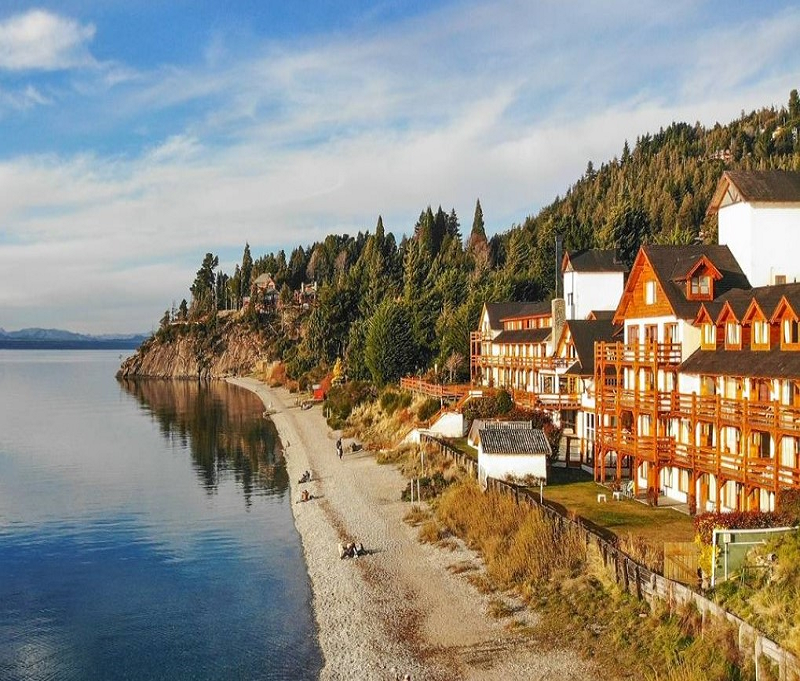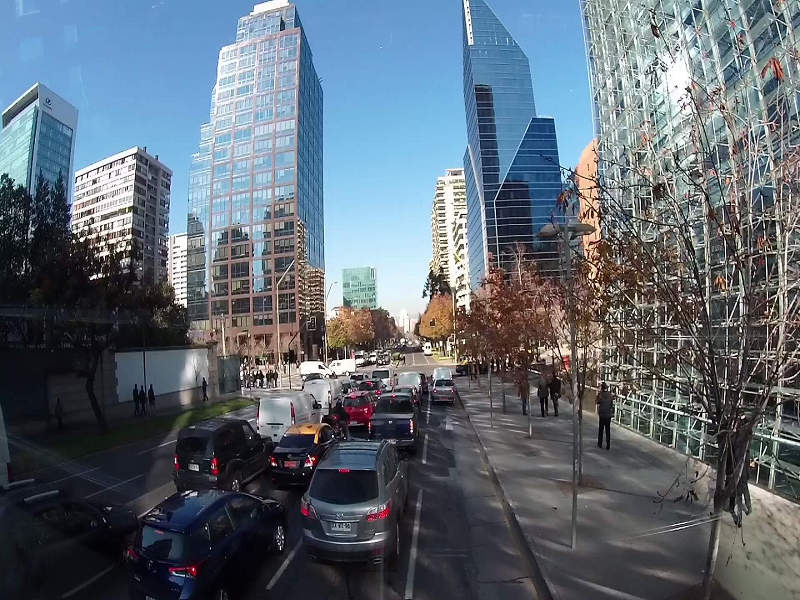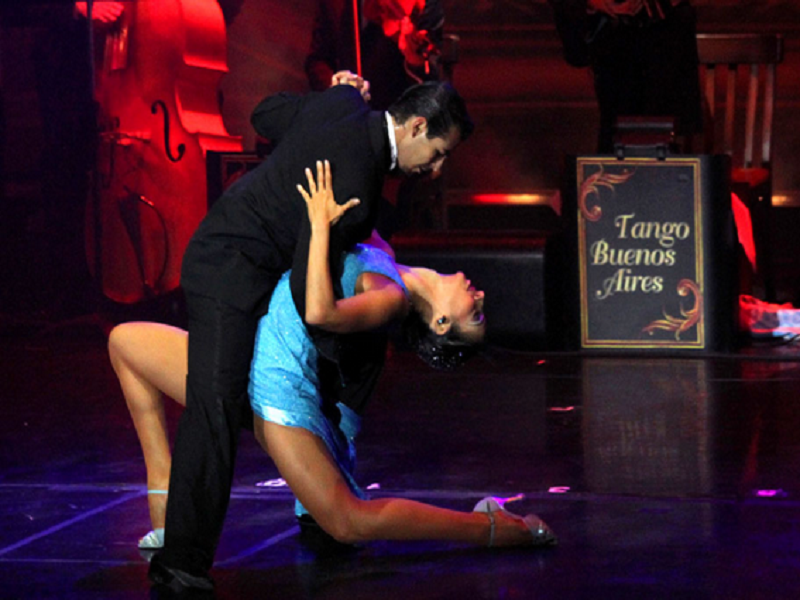Day 5: Torres del Paine
Breakfast at the hotel. Excursion to Torres del Paine National Park (individually with an English-speaking guide).
Rising almost vertically over 2000 meters above the Patagonian steppe, the granite spires of Torres del Paine (Paine Towers) dominate the landscape of South America's premier national park. Before the park's creation in 1959, the area was part of a large sheep pasture, and it is still recovering from almost a century of excessive grazing, logging, and wildlife poaching. Most people come to the park just because it's considered a hit, but when you get here, you realize that there are other attractions: azure lakes, trails meandering through emerald forests, wild rivers, fragile bridges, and one big, shiny blue glacier. As part of the UNESCO Biosphere Reserve System since 1978, the park is home to rhea (known as ñandú), Andean condor, flamingos, and many other birds. The star of the park is undoubtedly the guanaco, which grazes on the open steppes where pumas cannot approach them unnoticed. After more than a decade of effective protection from poachers, these large and growing herds don't even pay attention when people or vehicles approach them. A full-day excursion to visit the amazing Torres del Paine National Park, including the Milodon Cave, located on Benitez Hill, 25 km from Puerto Natales, where in 1895 the skeletons of a saber-toothed tiger, American horse, and giant sloth were discovered. The name Milodon comes from the ancient animal Mylodon Darwini, which lived here 8-10 millennia ago. To imagine the appearance and size of this huge herbivorous fossil, there is a sculpture of it at the entrance to the cave. Upon arrival at the park, a biosphere reserve with an area of more than 242,000 hectares, the landscape changes dramatically - dozens of lakes with birds and huge granite mountains appear. Emerald water lakes, waterfalls, and glaciers-covered mountains are typical landscapes of this area. A 15-minute walk is necessary to see Salto Grande - a waterfall connecting two lakes - Nordenskjold and Pehoe. On the way back, we will drive along the beautiful route, passing through the Rio Serrano rivers and the Toro and Porteño lakes. Overnight at the hotel.
